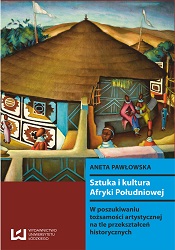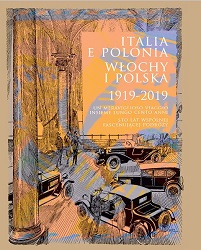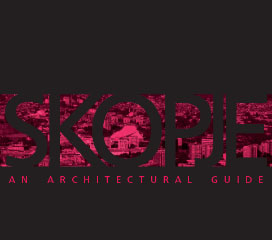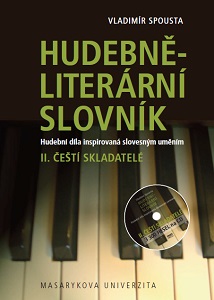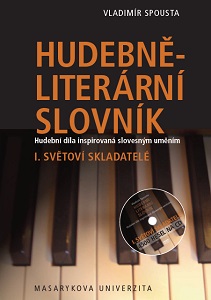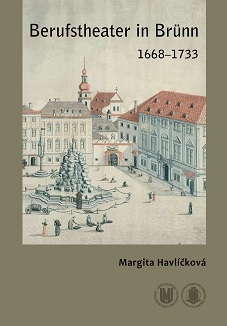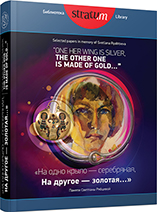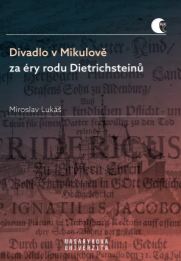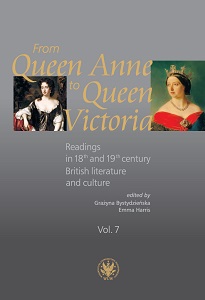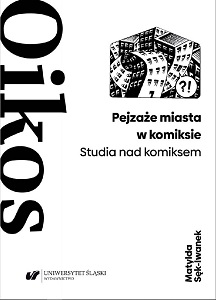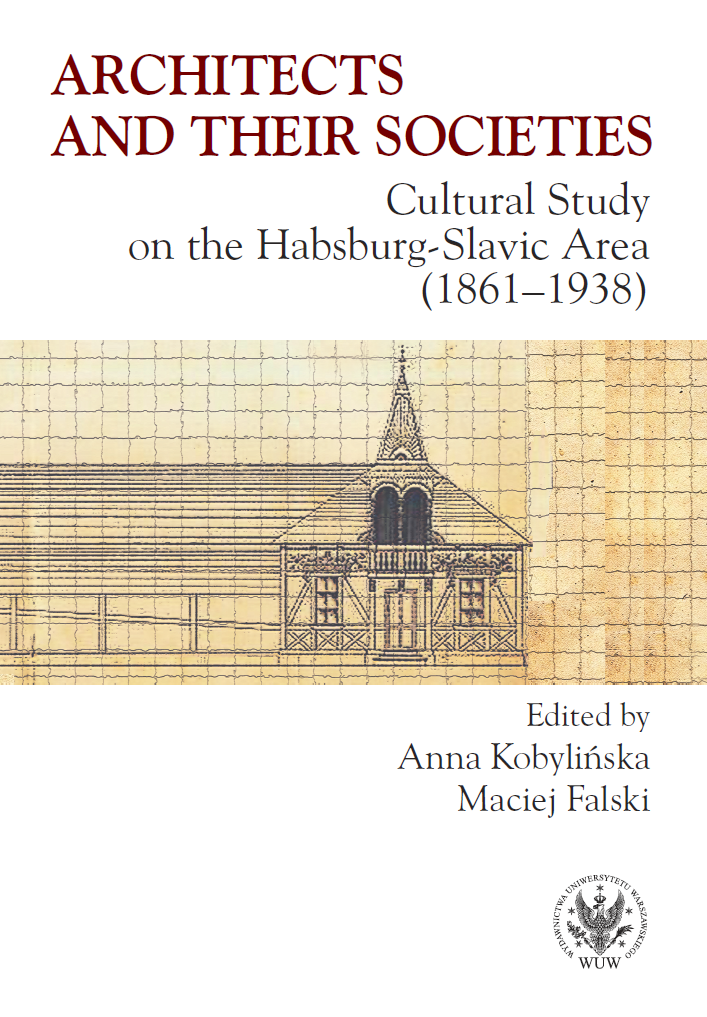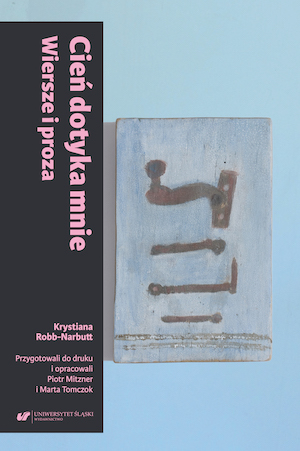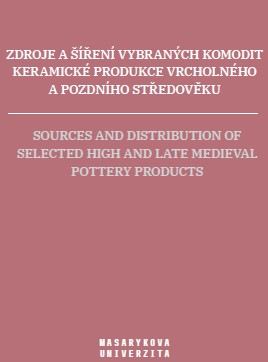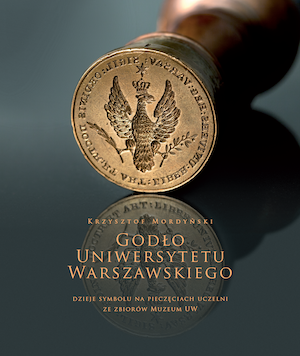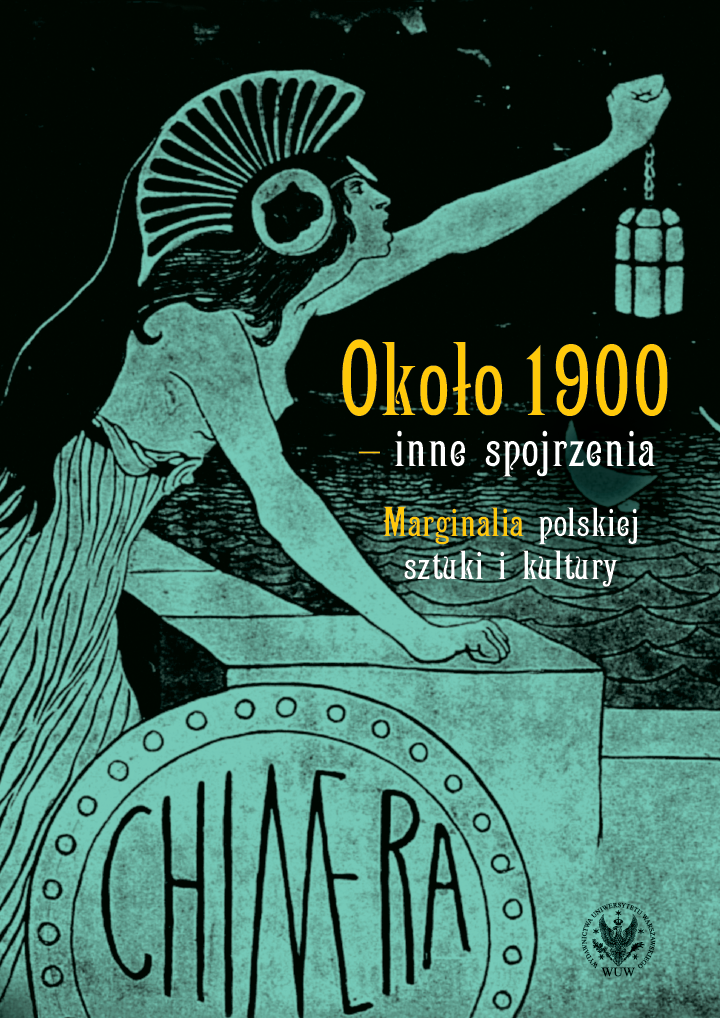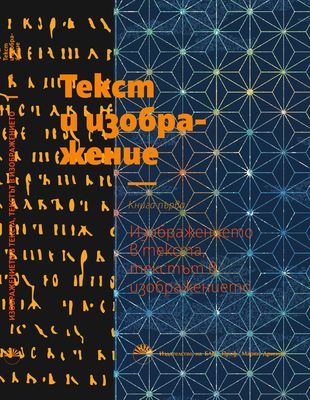Author(s): Divna Pencic,Ines Tolić,Biljana Stefanovska,Sonja Damchevska / Language(s): English,Macedonian
WHY AN ARCHITECTURAL GUIDE?
The Republic of Macedonia, having as its priority the integration of the country in the European processes (both by becoming a full member of the European Union, and also by increasing awareness about the diverse cultural heritage that we have on our soil), has started creating a great variety of promotional materials. Looking through the wide range of offers for tourist tours, assorted guides, maps, promotional materials and internet sites made us think and ask ourselves what else we could do to enrich the cultural map of Europe.Somehow instinctively, and perhaps because of the professional occupation of most of the team members (architects and historians of architecture), our conceptions were focused on the potential of our architecture as an important point of reference when defining the contribution of Macedonia to the cultural or, if you prefer, to the tourist and cultural map of Europe. During the course of the project “Towards new strategies for communicating Macedonian cultural capitol abroad”, we were proved right.Macedonia is a country with a great cultural and architectural heritage, dating from ancient times, through the middle ages and up to the present, and also from the period that bears the title of modern. Maybe such classification of the periods does not correspond, in terms of a timeline, with the European classification of historical and cultural periods, but, in our belief, this is what gives our architectural heritage a marked uniqueness and value. Macedonia, being throughout the history always at the crossroads of eastern and western cultural influences, has created and interpreted architecture and cities in its specific way. And this is something that should be offered and communicated clearly: those differences, similarities, interpretations. On the other hand, what makes it even more interesting is the great variety and depth of richness in such a small territory. This is definitely a quality that deserves recognition. In this small territory there are trails of intersections over a vast range of time, with so many valuable buildings and settlements which offer visitors the feeling of a time-machine that constantly increases the degree of excitement.An overview of the numerous travel-guide promotional materials unwittingly leaves the impression that out of the desire to put everything in, sometimes in the same place and even on the same page, one can read about a valuable monument of architecture, a place that offers the possibility to taste some really good kebabs and tips where to buy a coloured carpet. This in it self is nothing really bad, but still, there is one question that comes to mind: what type of tourist is the audience? As the representative of the City of Skopje, Mr. Igor Simjanoski standing of the significance of cities and their buildings, are particularly interested in specialised guides to the architecture of the city in addition to the more general tourist guides. If you have ever been to Vienna, Barcelona, Chicago … you must have heard about their famous architectural guides which make the exquisite heritage of these cities even more visible. Providing the opportunity to choose will attract different kind of tourists: not those who will go to see something they have heard should be seen, but those who know what they want to see and will look for it where they know they can find it. Based on what is stated above, we truly believe that, for enriching the European cultural, and tourist map, the publication of this specialised guide to the architecture of Skopje (and we hope in near future, publication of similar architectural guides of Veles, Bitola, Kruševo, Ohrid, Strumica, and why not of Probištip and Makedonska Kamenica - as new industrial towns) is more than a valuable contribution. Skopje was chosen only as an example and at the moment as a city with the most available data relevant for such a type of guide. However, what we believe should be our next priority is to seriously consider the importance of different “reading” and start to work on the valorisation of our architectural heritage over the whole territory of our country. Macedonia is blessed not only by diverse architectural heritage, but also by very distinctive urban heritage. Every settlement has some distinguishing marks and specific ways of development connected with its origins. This Guide should not be regarded as something final and closed, but more as the beginning of a process that will continue and, in time, will become even more dynamic. It does not intend to be perfect - the aim of this Guide is to initiate and stimulate the creation of new, better and more comprehensive architectural guides. This first edition of the Guide presents only a small part of the materials that we collected, and which await to be classified and valorised. But this we will leave to the experts who work on the subject. As freelancers in the civic sector we will continue with our efforts to open new questions and to stimulate debates which will contribute towards communicating and promoting our architectural heritage at home and abroad.
More...
